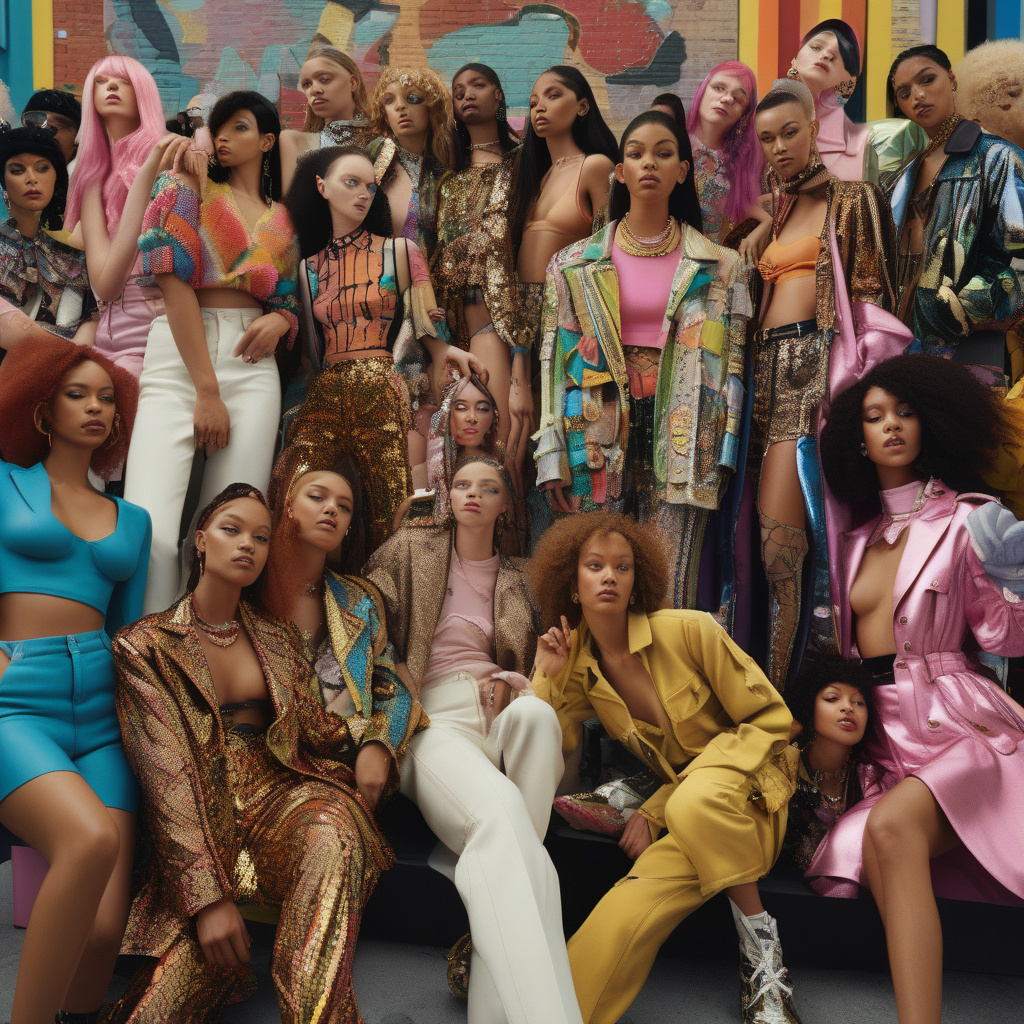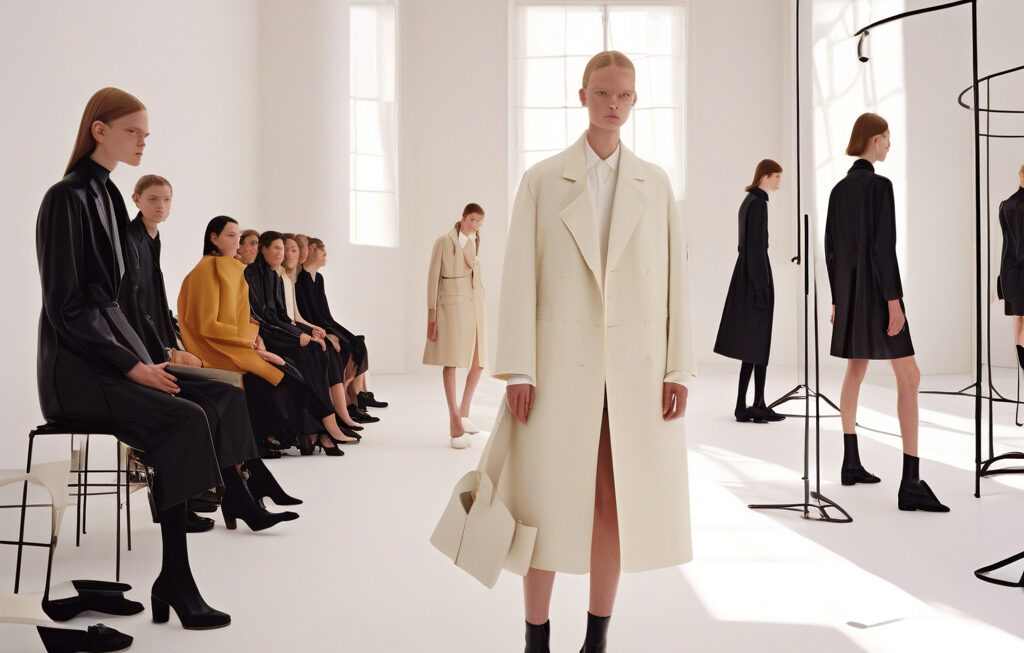How ‘Dopamine Culture’ Rewired Fashion
In the age of social media and digital content consumption, the luxury fashion industry has found itself at a crossroads where traditional marketing tactics no longer hold the same sway over consumers. The rise of what experts are calling ‘Dopamine Culture’ has fundamentally altered the way fashion brands interact with their audience, leading to a paradigm shift in the industry’s approach to marketing and sales.
At the heart of this shift lies the algorithms that power social media platforms, endlessly curating and serving up content that is tailor-made to trigger a dopamine buzz in our brains. These algorithms have become adept at understanding our preferences, likes, and dislikes, creating a personalized feed that keeps us hooked and coming back for more. In the context of luxury fashion, this means that brands are no longer solely competing with each other; they are also competing with the algorithms that dictate what content the consumer sees.
This reconfiguration of the fashion landscape has forced brands to adapt or risk being left behind. The key question that many in the industry are now grappling with is whether feeding the feed is actually good for business in the long run. While the instant gratification provided by dopamine-inducing content can lead to short-term gains in terms of engagement and sales, there are concerns about the sustainability of this model and its impact on brand loyalty and authenticity.
One of the ways in which luxury fashion brands have responded to the challenges posed by Dopamine Culture is by reimagining their marketing strategies to create deeper connections with consumers. Instead of relying solely on flashy ads and influencer partnerships, brands are now investing in storytelling, community-building, and sustainability initiatives to stand out in a crowded digital landscape. By focusing on creating meaningful experiences and fostering genuine relationships with their audience, these brands are able to cut through the noise and establish a loyal customer base that goes beyond fleeting trends.
For example, luxury fashion house Gucci has been at the forefront of this shift, leveraging social media not just as a platform for promotion but as a space for creativity and expression. Through collaborations with artists, musicians, and creators, Gucci has been able to cultivate a distinct brand identity that resonates with consumers who are looking for more than just products; they are looking for a lifestyle and a community to belong to.
Similarly, brands like Burberry and Prada have embraced sustainability as a core value, recognizing that today’s consumers are increasingly conscious of the environmental and social impact of their purchasing decisions. By integrating sustainability into their brand ethos and practices, these brands are not only meeting the demands of the modern consumer but also future-proofing their businesses against changing market dynamics.
In conclusion, the advent of Dopamine Culture has undoubtedly reshaped the luxury fashion industry, challenging brands to rethink their approach to marketing and sales in the digital age. While the allure of instant gratification may be tempting, the real winners in this new landscape will be those brands that prioritize authenticity, community, and sustainability in their interactions with consumers. By staying true to their values and forging meaningful connections, fashion brands can navigate the complexities of Dopamine Culture and emerge stronger and more resilient in the ever-evolving digital ecosystem.
luxury fashion, dopamine culture, social media, sustainability, brand loyalty












